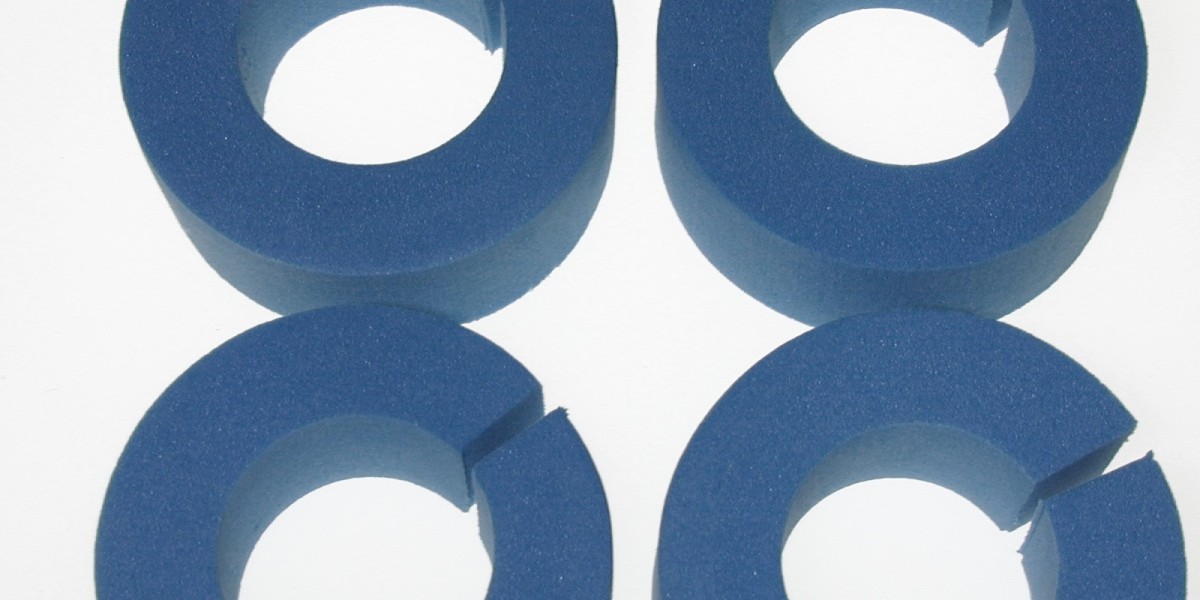Price tags might look like they tell the full story — but they rarely do. Anyone who’s tried to buy performance products or supplements across multiple platforms knows how fast the numbers can swing from one seller to another. What seems like a bargain on one site might end up costing more when you factor in shipping, quality, or hidden extras. And that’s assuming the product even matches the listing.
If you're shopping smart, price comparison is just the starting point. Understanding why those differences exist is what helps you avoid poor buys and fake promises.
Price Gaps: More Than Meets the Eye
Let’s start with the basics. Why does the same product cost $80 on one site and $140 on another?
Several factors play into this. First is the supplier chain — where the product is made, how it’s sourced, and the expenses involved in getting it to a warehouse. Import duties, shipping delays, and supplier contracts all feed into the final price.
Then there’s product grade. Not everything labeled the same actually is. You might be looking at a pharmaceutical-grade product on one platform and a loosely regulated research version on another. One is tested, sealed, and likely safer. The other might cut corners. Guess which one’s cheaper.
And we haven’t even touched on the seller’s region. Sellers based in countries with stricter regulations or higher manufacturing standards usually reflect those costs in their pricing. The price isn’t inflated — it’s built around traceability, quality checks, and legal compliance.
When Cheap Costs You More
Let’s be honest: lower prices are tempting. But in this market, too good to be true usually is.
There’s a high risk attached to questionable sources. Products might be underdosed, contaminated, or outright fake. You can’t always tell from the packaging. And once you’ve used something subpar, the results — or side effects — speak louder than any refund policy.
Sellers that invest in third-party lab tests, transparent sourcing, and clean logistics often charge more. But they also offer peace of mind. You’re not just paying for the product — you’re paying for what it went through before it reached you.
Beyond the Sticker Price
Smart buyers look past the number on the page. Let’s break down the extras that make or break the deal:
- Shipping & Handling: Some sellers offer a lower base price but tack on steep shipping at checkout. Worse, they don’t mention customs fees or delivery delays until after you’ve paid.
- Support and Return Policy: If something arrives damaged or doesn’t match the listing, can you reach someone? Is the return window reasonable, or is it buried in fine print?
- Cycle Requirements: Buying a single unit is one thing. But what about the full cycle? Does the platform provide info about stacking, dosage, or cycle length so you can plan the full cost ahead?
- Customer Reviews: Not all reviews are real, but patterns are easy to spot. Look for consistency. One five-star review means nothing. Dozens of mixed reviews with vague complaints? That’s a red flag.
Comparing Platforms the Right Way
Let’s say you're comparing three major platforms offering the same product. One’s the cheapest. Another has fast shipping. The third offers lab reports and responsive customer service — but it costs more.
Don’t just default to the cheapest option. Make a list:
- Total cost (product + shipping + taxes)
- Quality assurance (grade, third-party testing, certification)
- Customer support (response time, refund policy, community feedback)
- Delivery speed and packaging reliability
- Availability of full-cycle info (stacking, safe dosages)
Now measure real value — not just cost.
If you're shopping for performance-focused items like Anavar, this becomes even more critical. The buy anavar decision should never come down to price alone. It’s about trusting the source, understanding the product, and knowing it’ll do what it claims — without putting your health at risk.
Avoiding Common Pitfalls
Some buyers get burned not because they didn’t compare, but because they compared the wrong things.
- Don’t trust a product just because it has a pro-looking website. Scam platforms often invest in clean designs and stock images. Look for third-party verification or community mentions instead.
- Be careful with vague product descriptions. If a seller can’t explain dosage instructions or product origin, they’re either clueless or hiding something.
- Watch for “too much info.” Overloaded product pages with flashy claims, tons of scientific jargon, and no real-world evidence? That’s usually a distraction from weak product quality.
Final Thought: Price Is a Piece, Not the Picture
Buying smart is about seeing the full picture. Price is important — of course. But it’s not the dealbreaker. The safest, most effective purchase is rarely the cheapest. It’s the one that holds up under scrutiny.
Compare thoroughly, ask the right questions, and stick to sources that give clear answers. In the end, what you’re buying isn’t just a product — it’s the confidence that what’s in the box matches what’s on the label.








